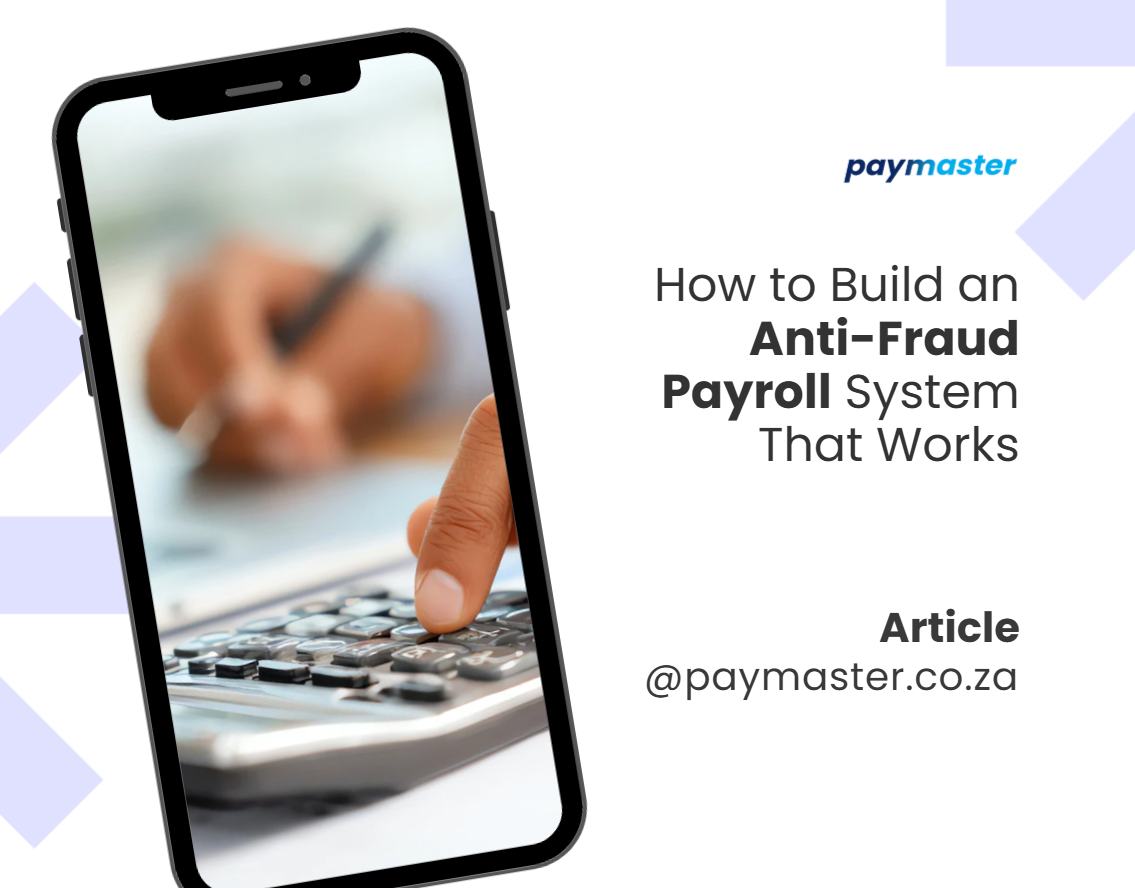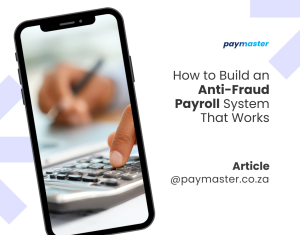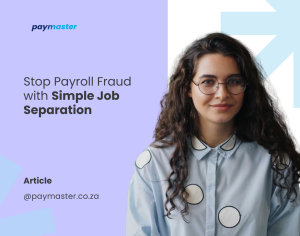In every business, keeping money safe is super important. But sometimes, payroll fraud can sneak in quietly. This happens when someone changes numbers, adds fake employees, or hides small payments. Over time, those small things can become a big problem. Luckily, there are easy ways to stop this before it even starts. Let’s go step by step through how to build a payroll system that keeps your business safe from fraud.
Audit Trails and Approval Workflows
First of all, it’s very important to keep clear records of everything. This means every time someone makes a change—like adding a new employee, changing a salary, or fixing hours worked—there should be a digital trail.
With an audit trail, you can see exactly who did what, when they did it, and why. So, if something looks strange later, you can easily go back and check.
Next, add approval workflows. For example, when someone adds a new employee or edits pay details, another person must review and approve it. This double-check system makes it much harder for anyone to act alone or secretly make changes.
In short, always make sure no one person has full control. Everyone should have to follow a clear and trackable process.

Employee Self-Service as a Fraud Deterrent
Now, let’s talk about something that really helps: employee self-service. This means giving workers access to their own pay slips, leave balances, and attendance records.
When employees can see their own information anytime, they’re more likely to notice mistakes right away. For instance, if someone changes their hours or pay by accident—or even on purpose—the employee can spot it quickly and report it.
As a result, fraud becomes much harder because everyone is watching their own details. It’s like having hundreds of tiny security guards checking their pay each month!
Plus, self-service tools make employees feel trusted and informed, which also helps build honesty in your workplace.
Data Access Controls and Password Hygiene
Next, you need to make sure only the right people can see or change payroll data. This is called data access control.
Start by giving each person only the access they need. For example, your HR staff may see employee info, but they shouldn’t be able to change banking details unless it’s part of their job.
Also, always use strong passwords and change them often. Make sure your team doesn’t share passwords or write them on sticky notes (yes, it happens!). Even better, add two-factor authentication, which sends a code to their phone or email when logging in.
Because, as we all know, even one weak password can open the door to big problems.

When to Consider External Audits or Reviews
Finally, even when everything seems perfect, it’s still smart to get a second opinion. That’s where external audits or reviews come in.
An outside auditor can look at your payroll process with fresh eyes. They can spot mistakes, risks, or weak spots that you might have missed.
Even better, regular audits show your team that honesty and accuracy matter. They also help you stay compliant with laws and regulations.
So, if you ever feel unsure—or just want extra peace of mind—bring in an expert to double-check your system.
In Summary
To sum it all up, building an anti-fraud payroll system doesn’t have to be hard. Start with audit trails, approval workflows, and employee self-service. Then, protect your data with strong passwords and clear access rules. And finally, remember to schedule external audits from time to time.
By doing all of this, step by step, you’ll keep your payroll safe, your team honest, and your business strong.





